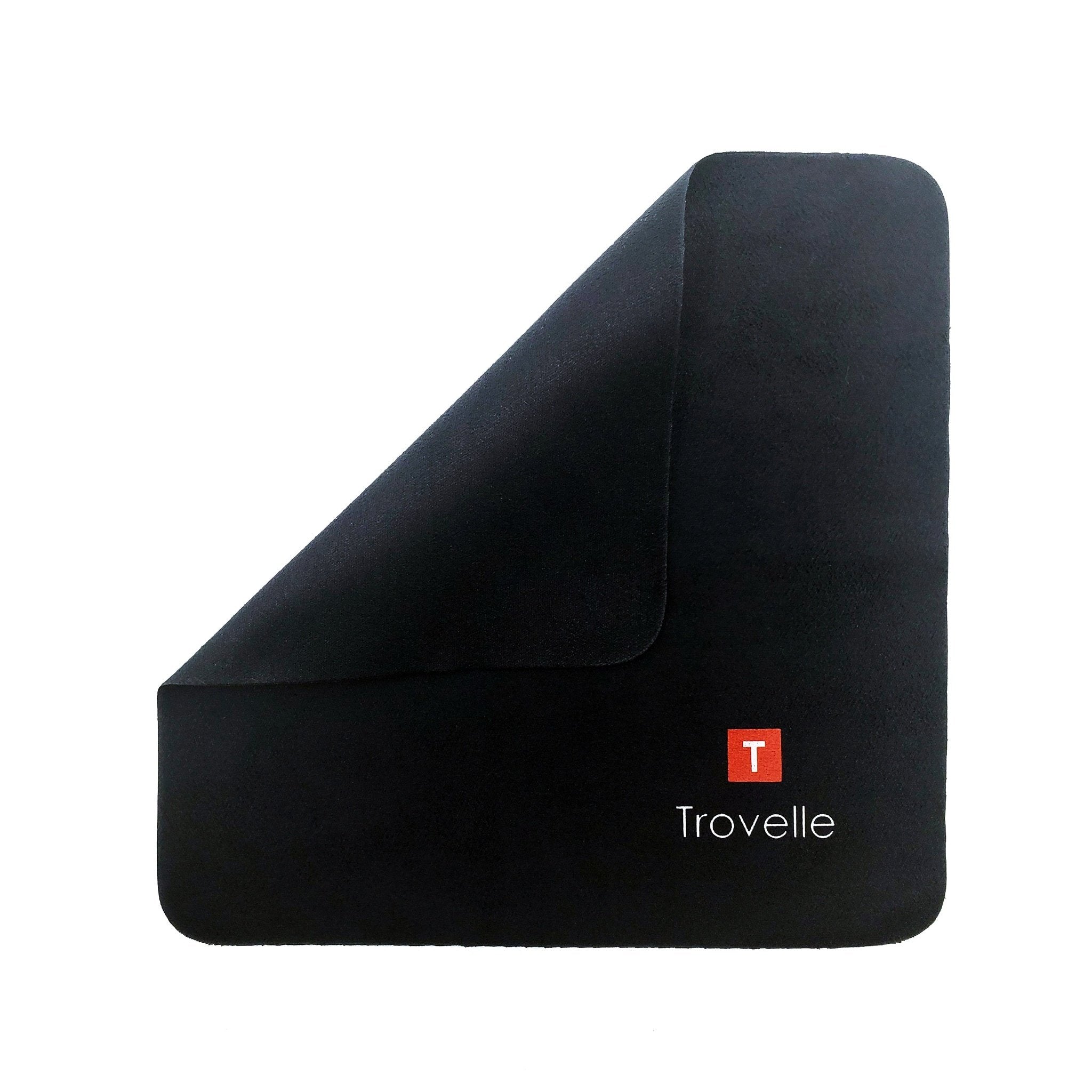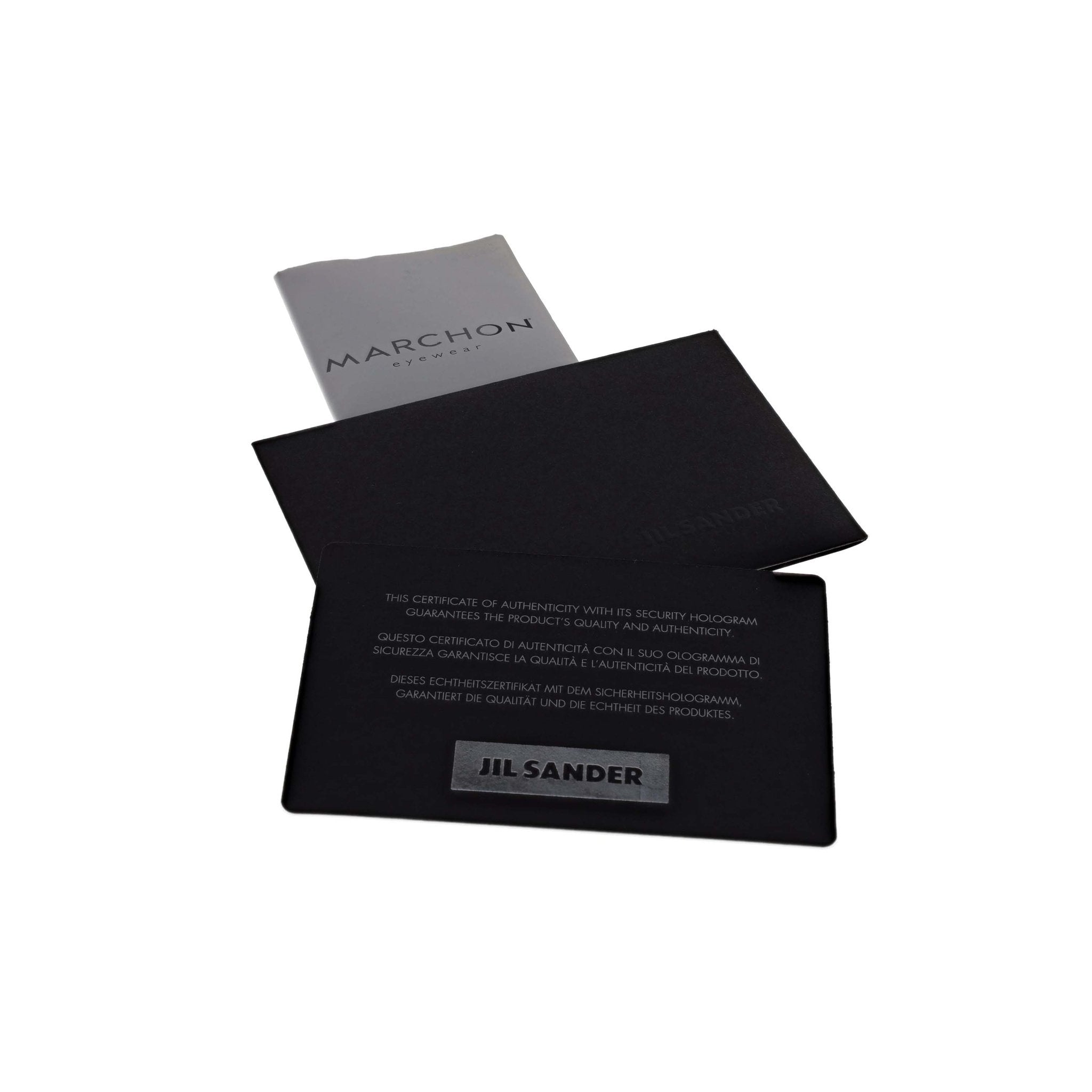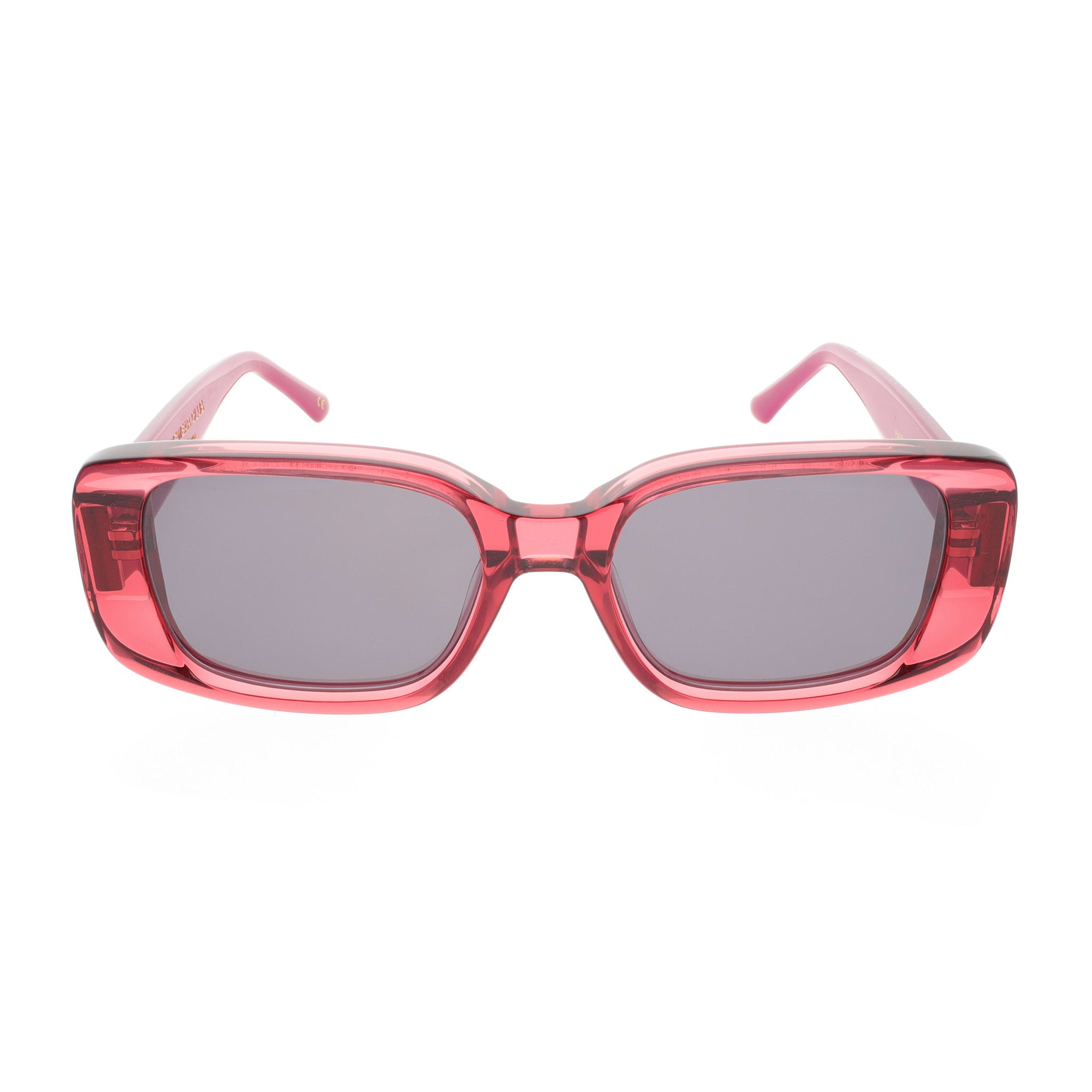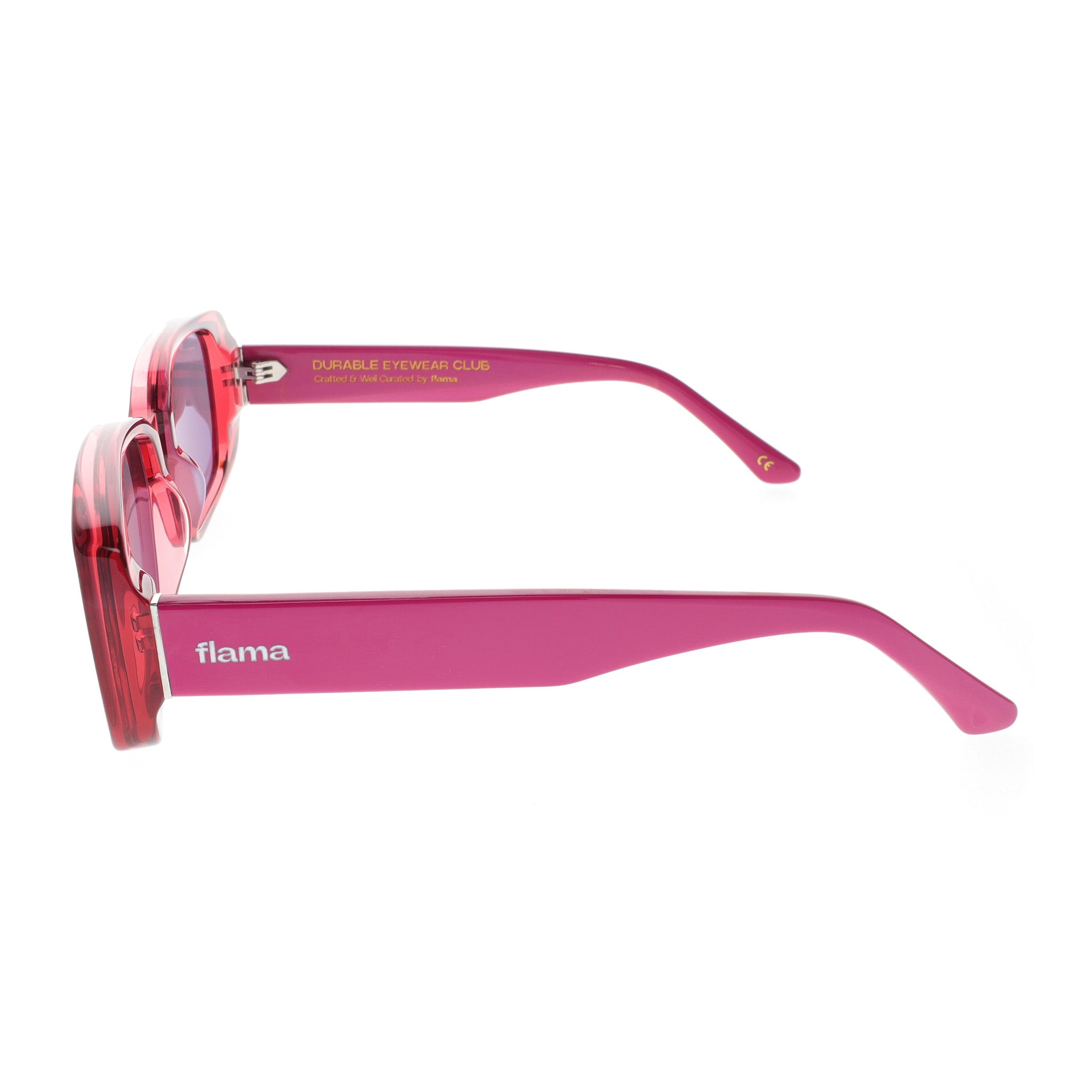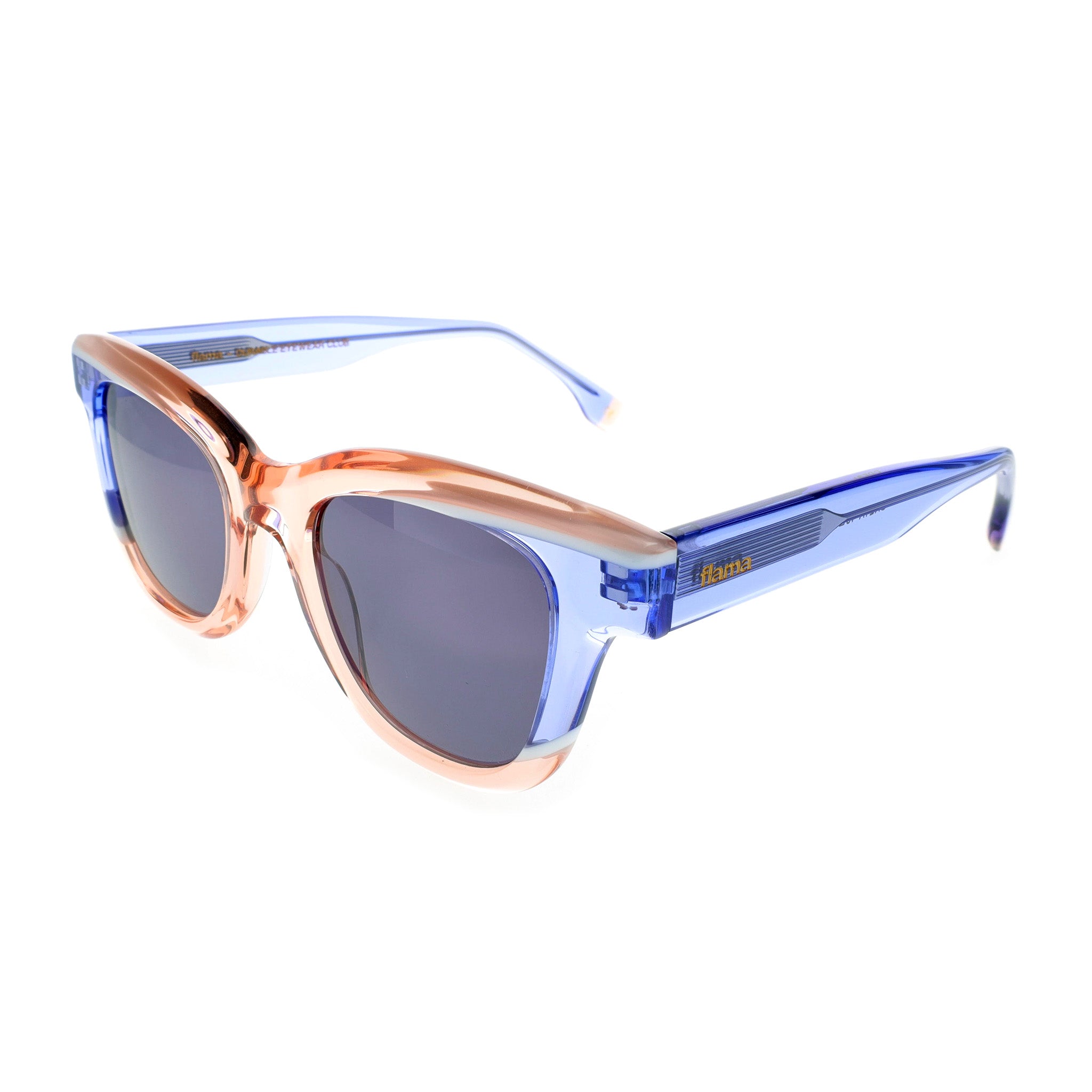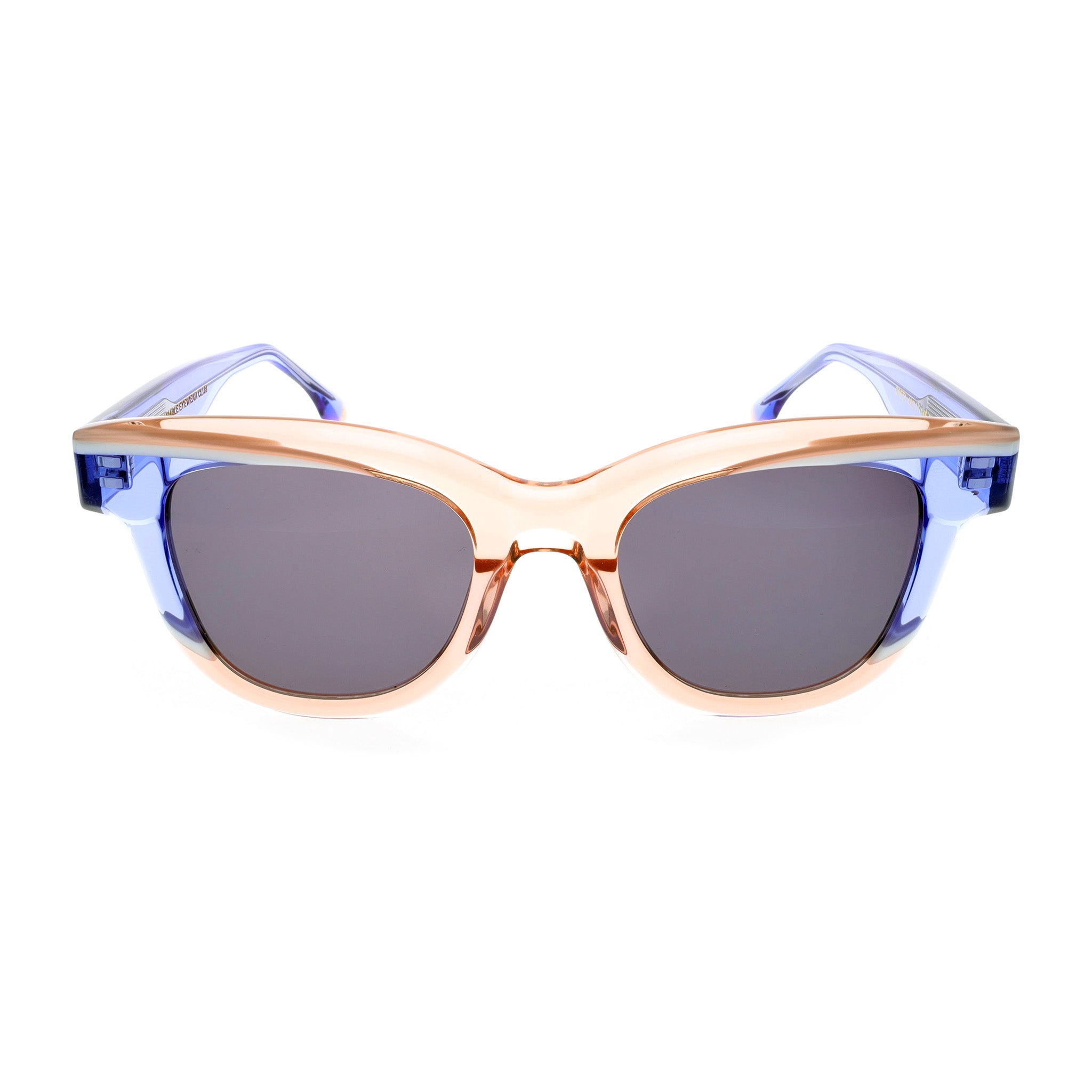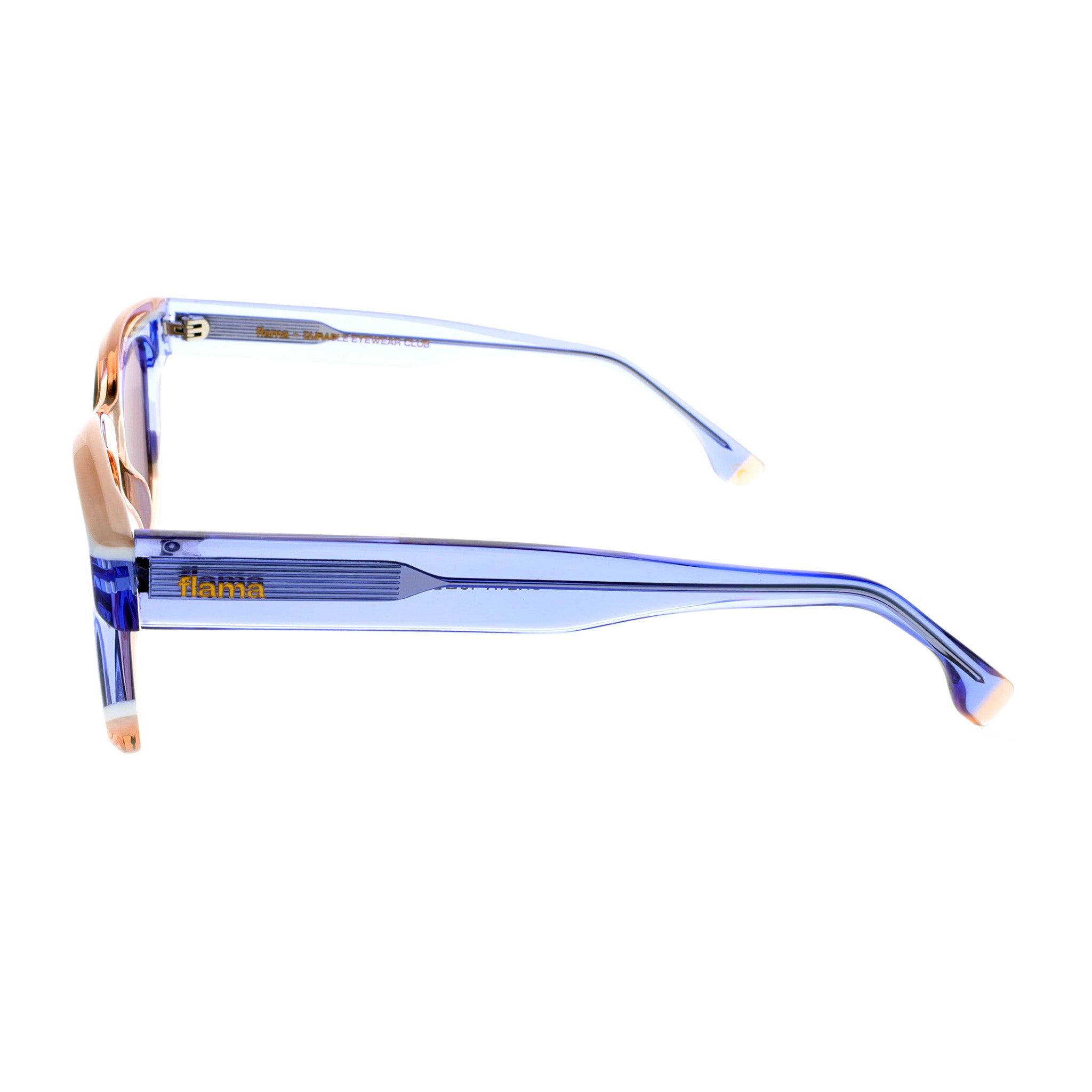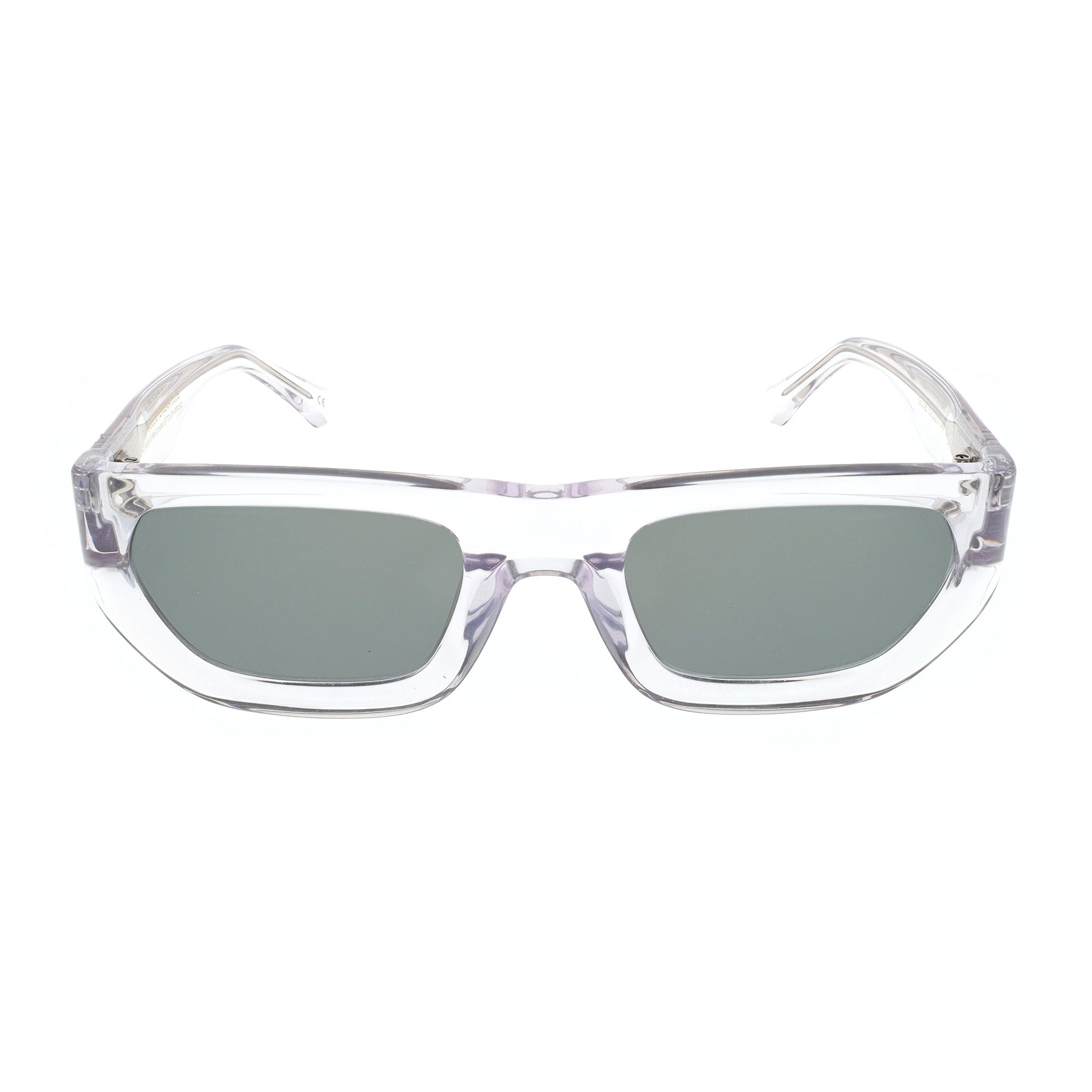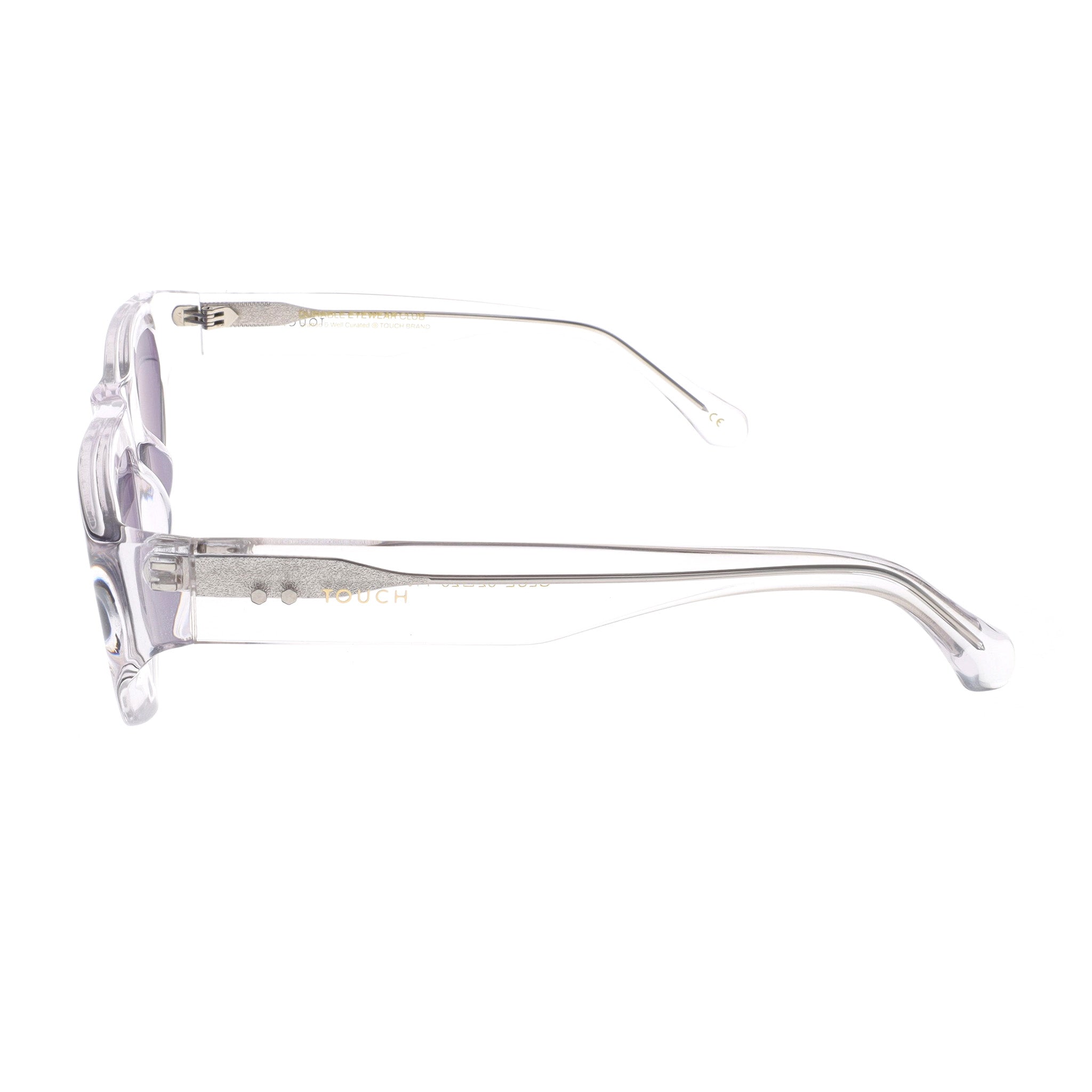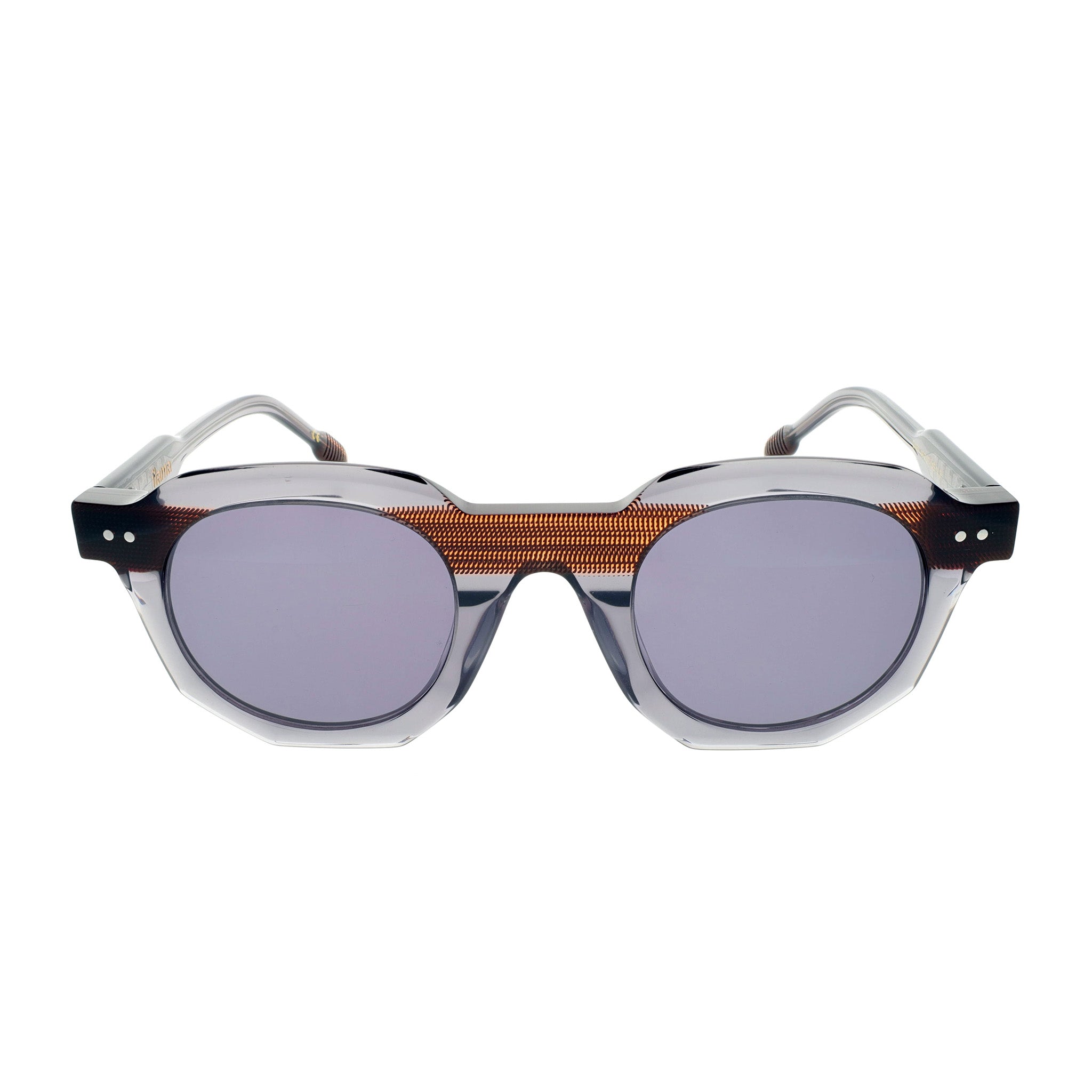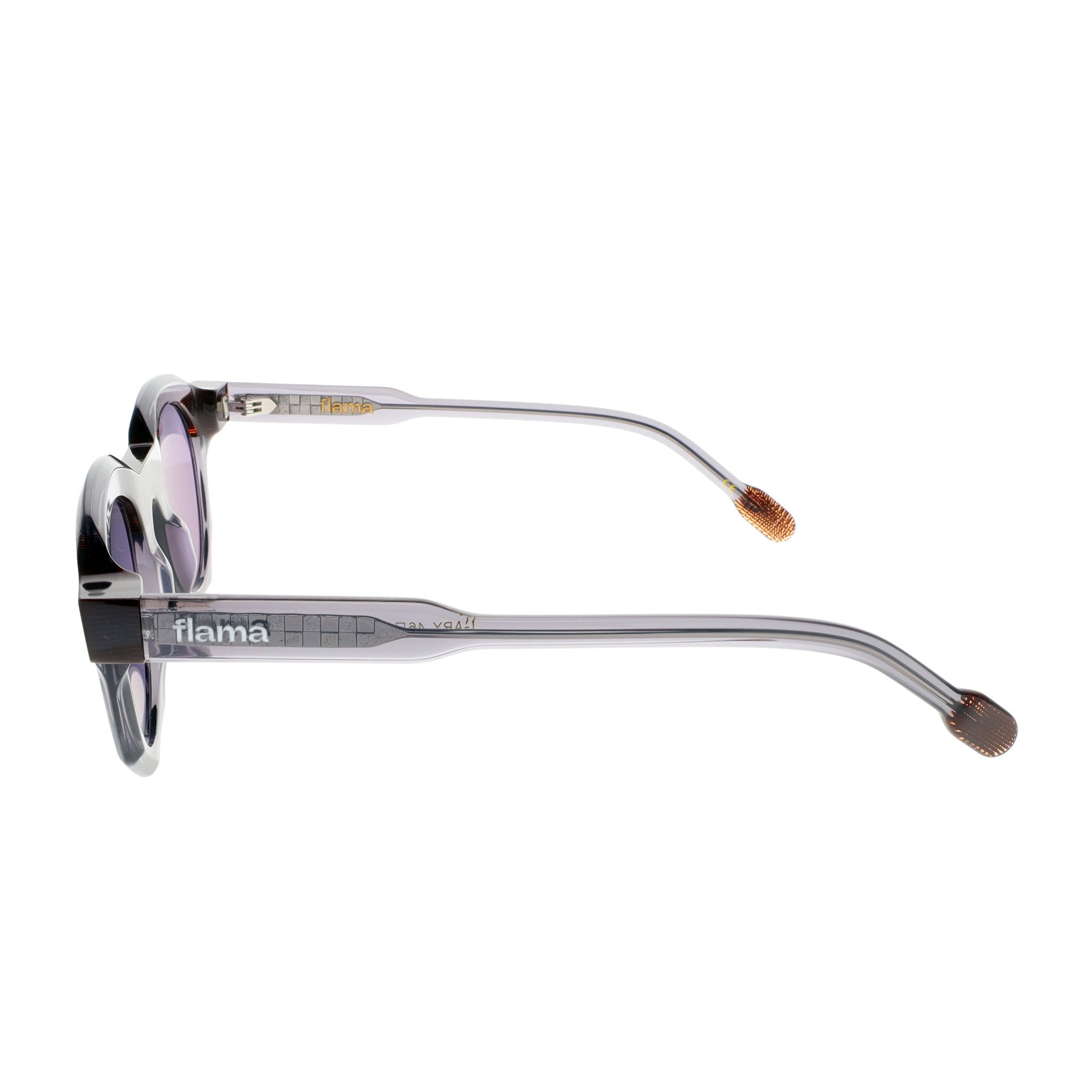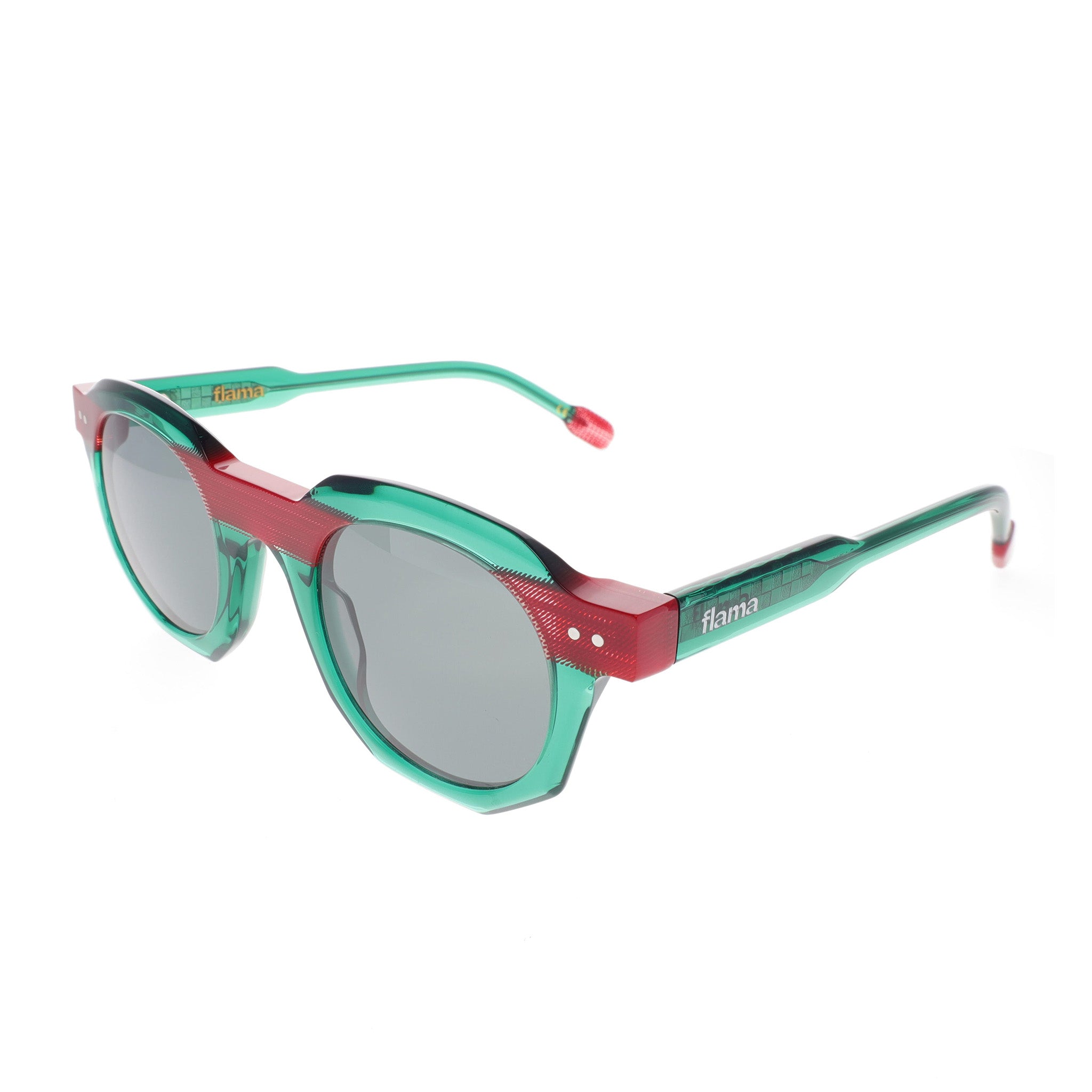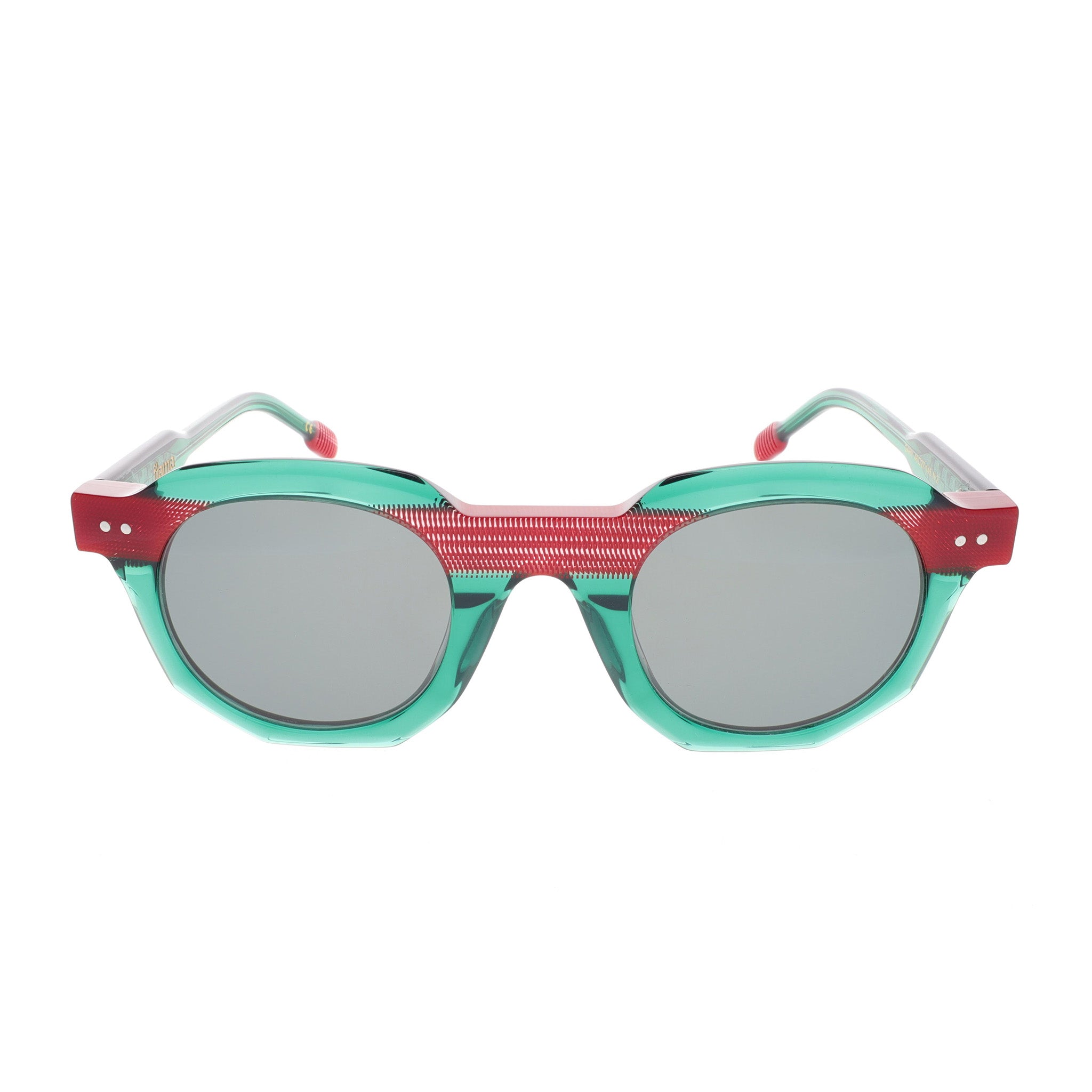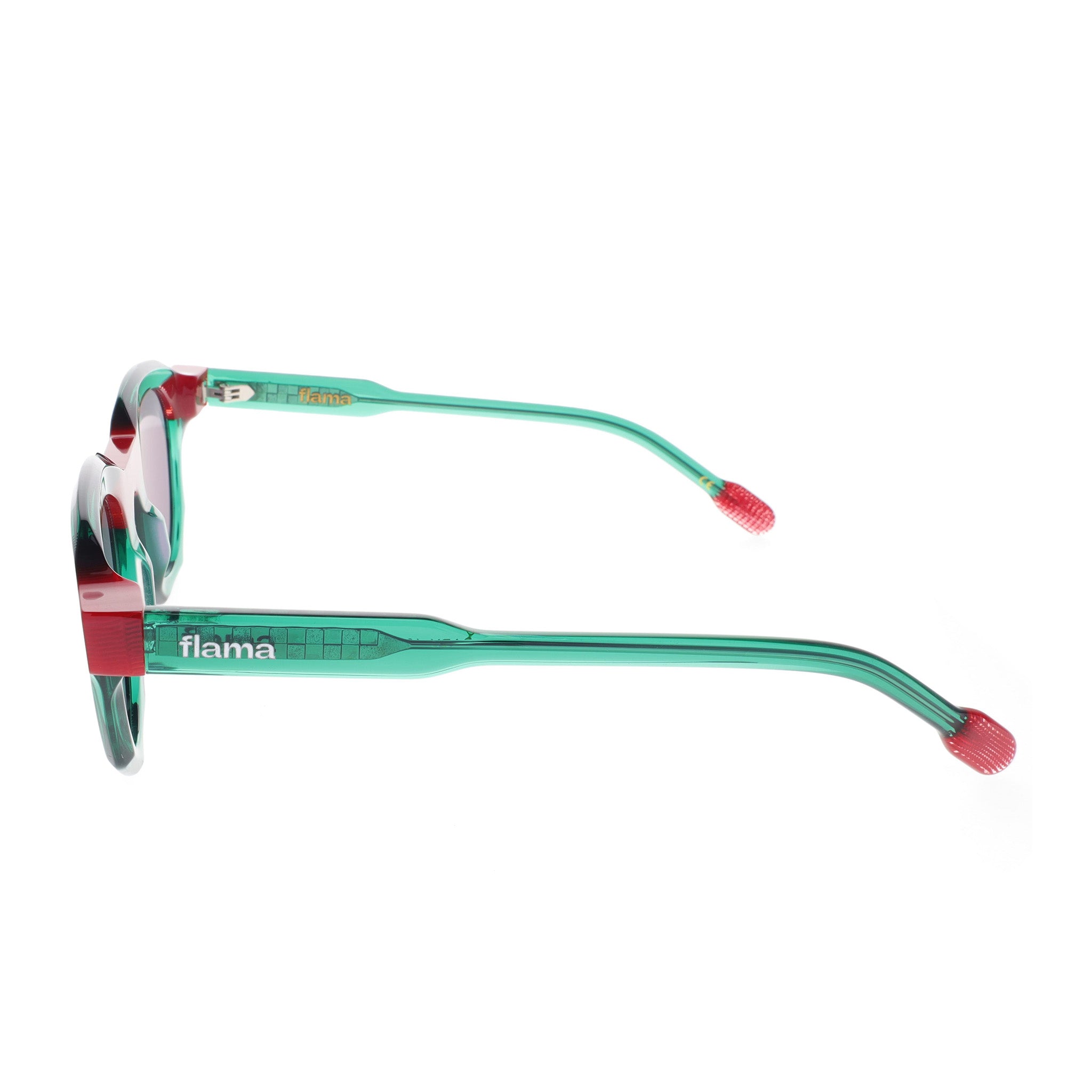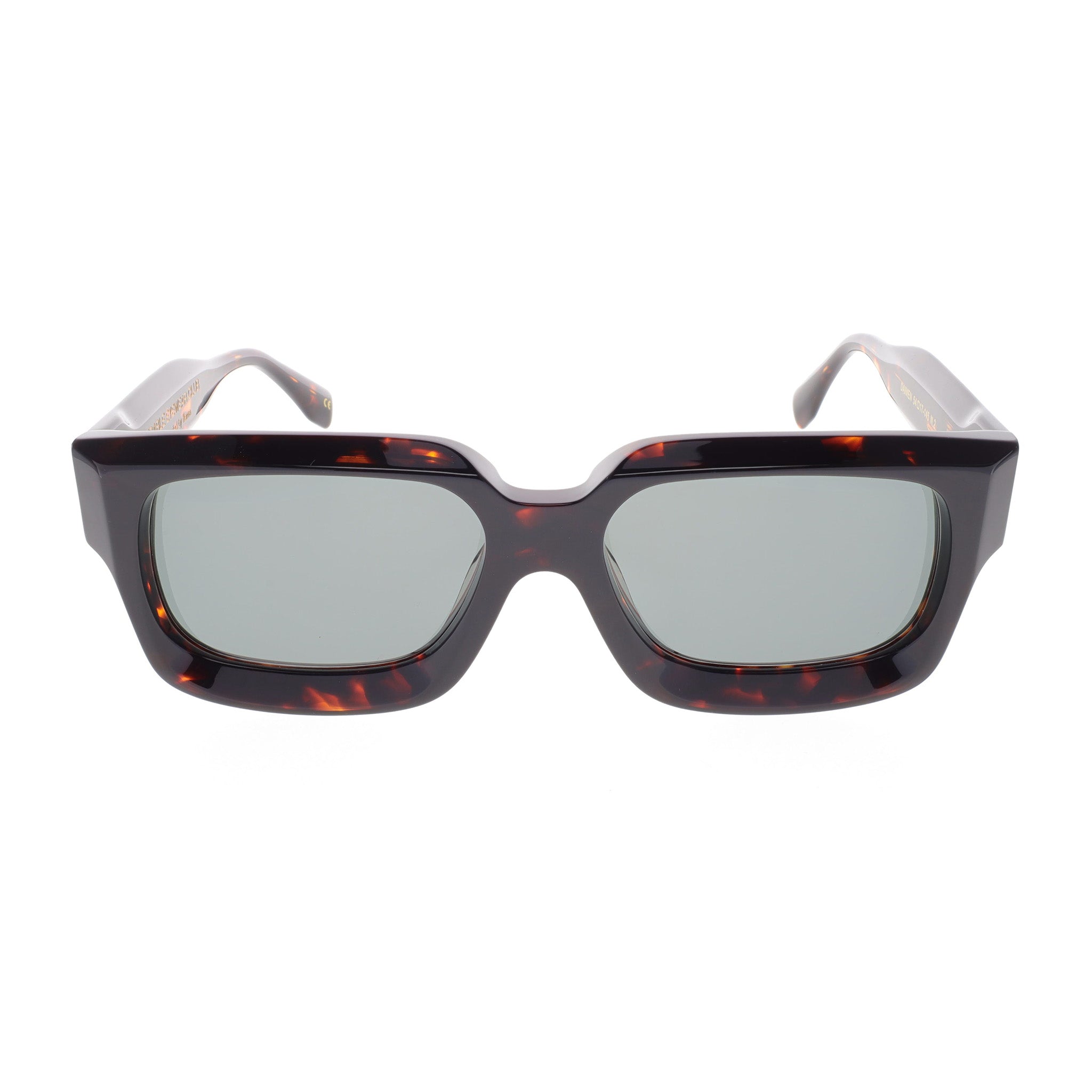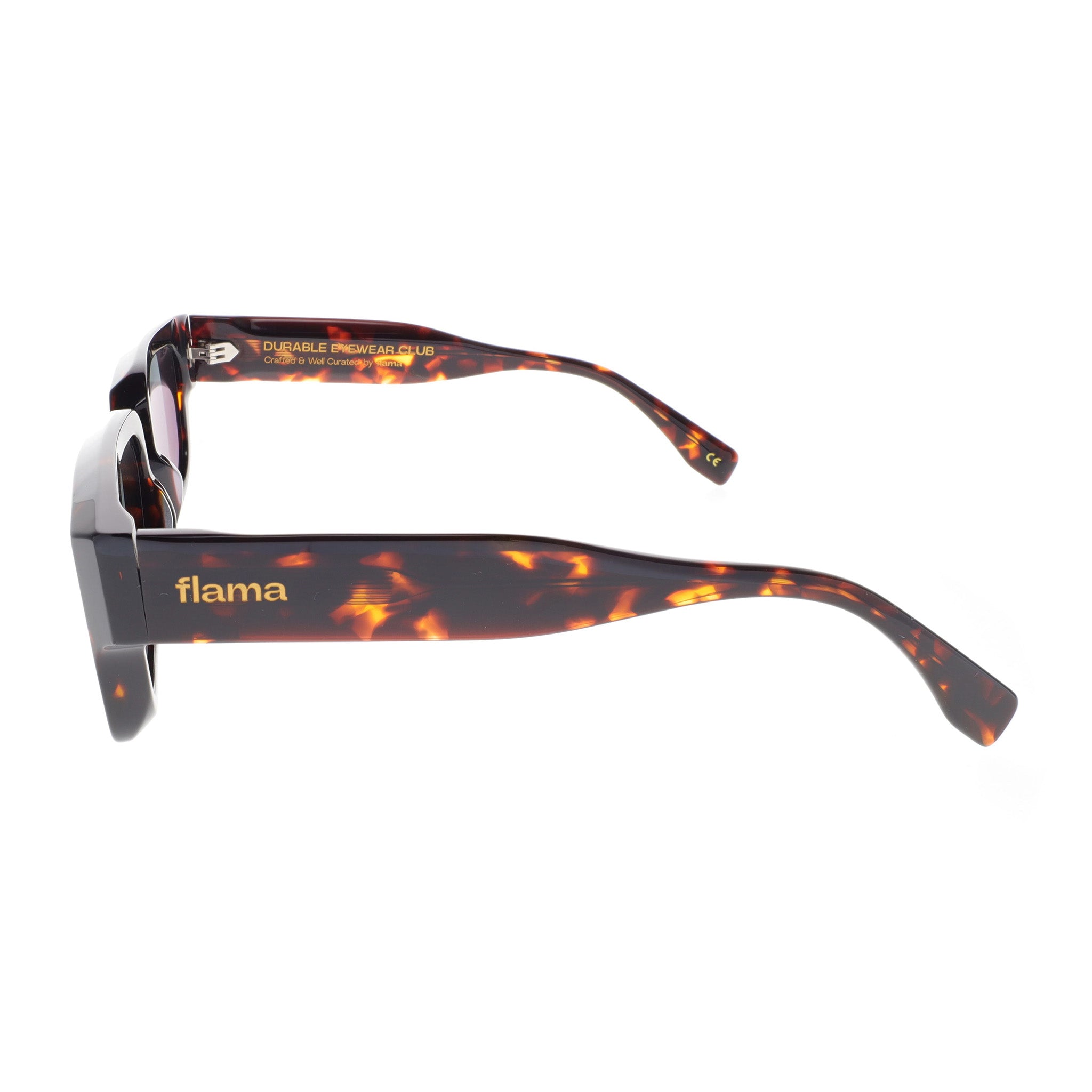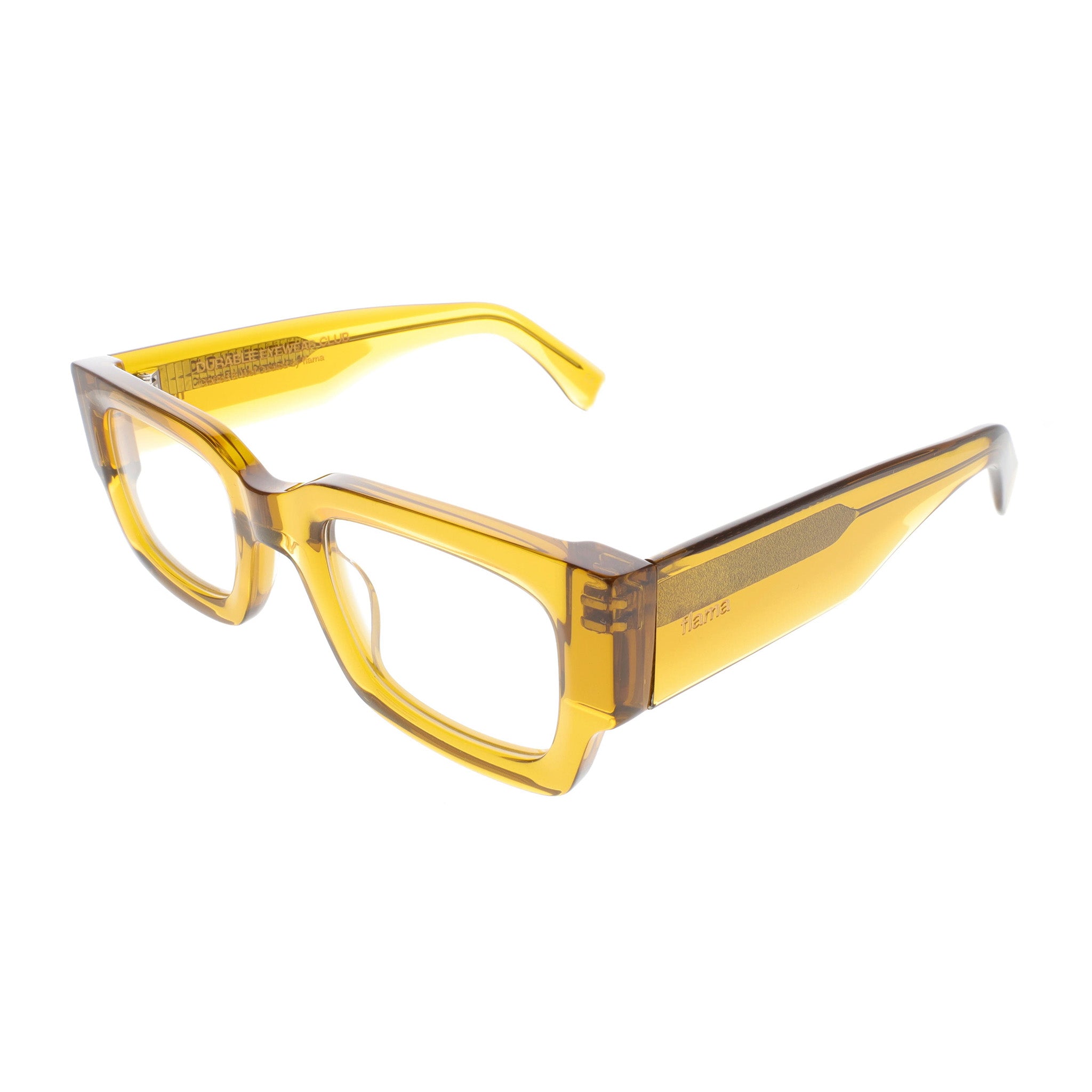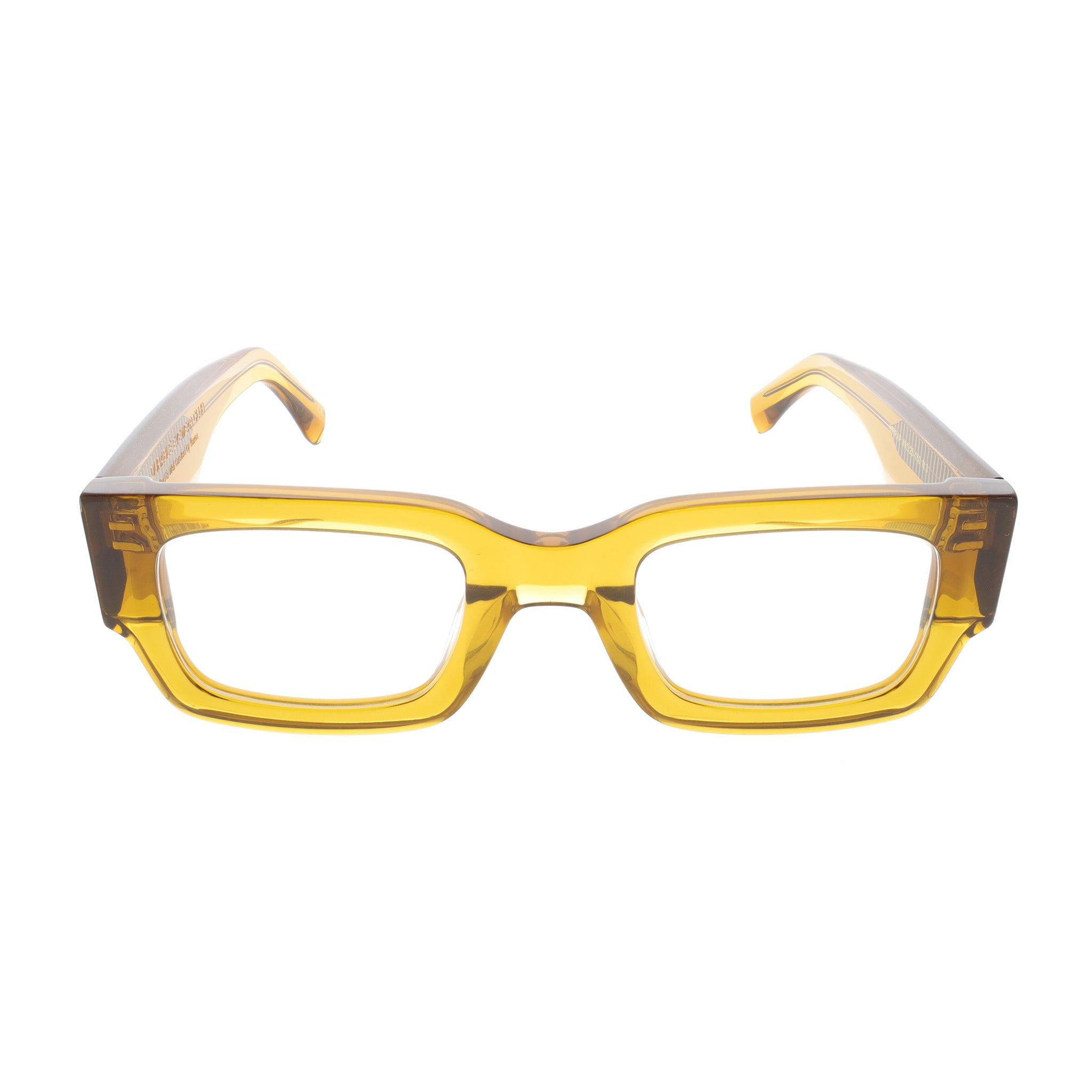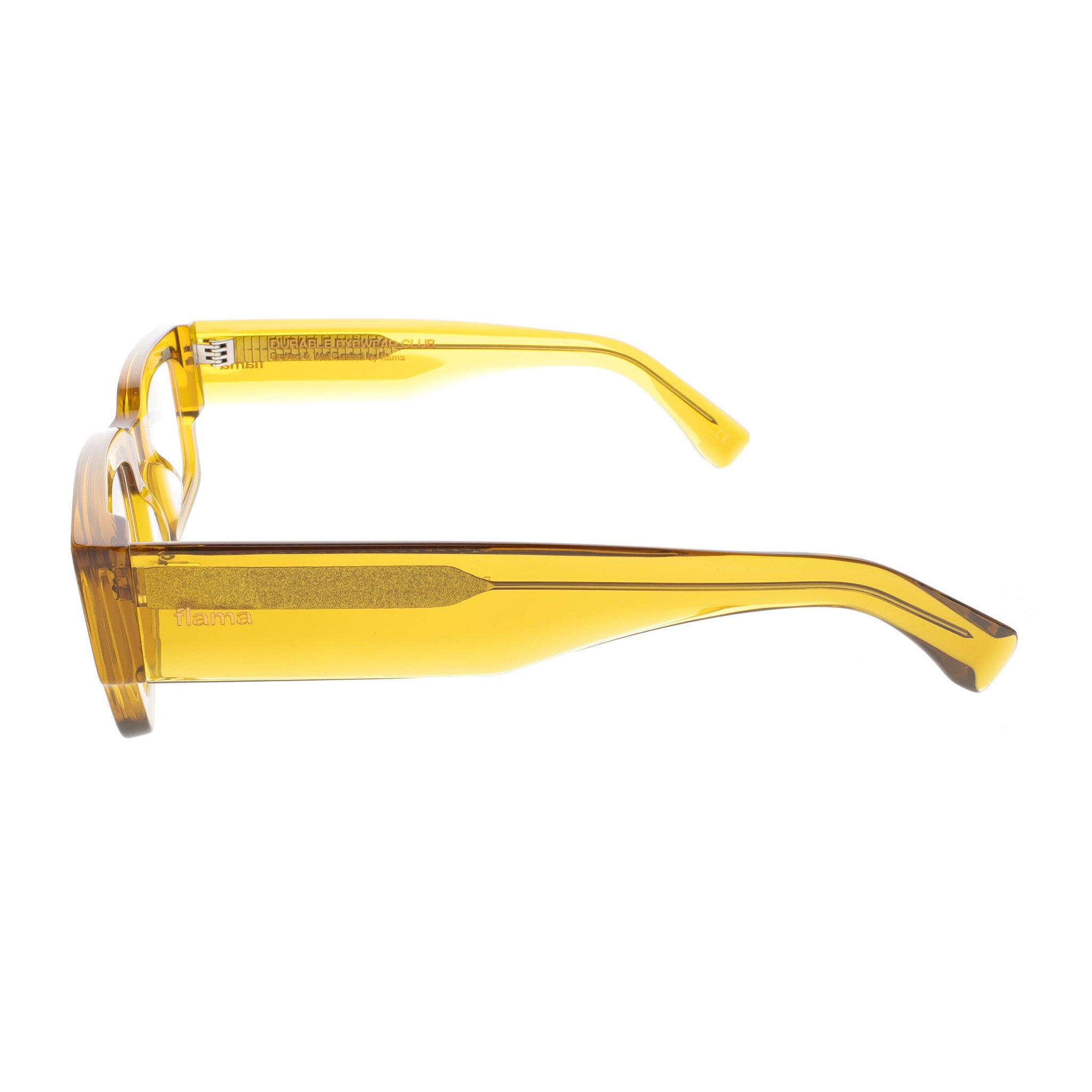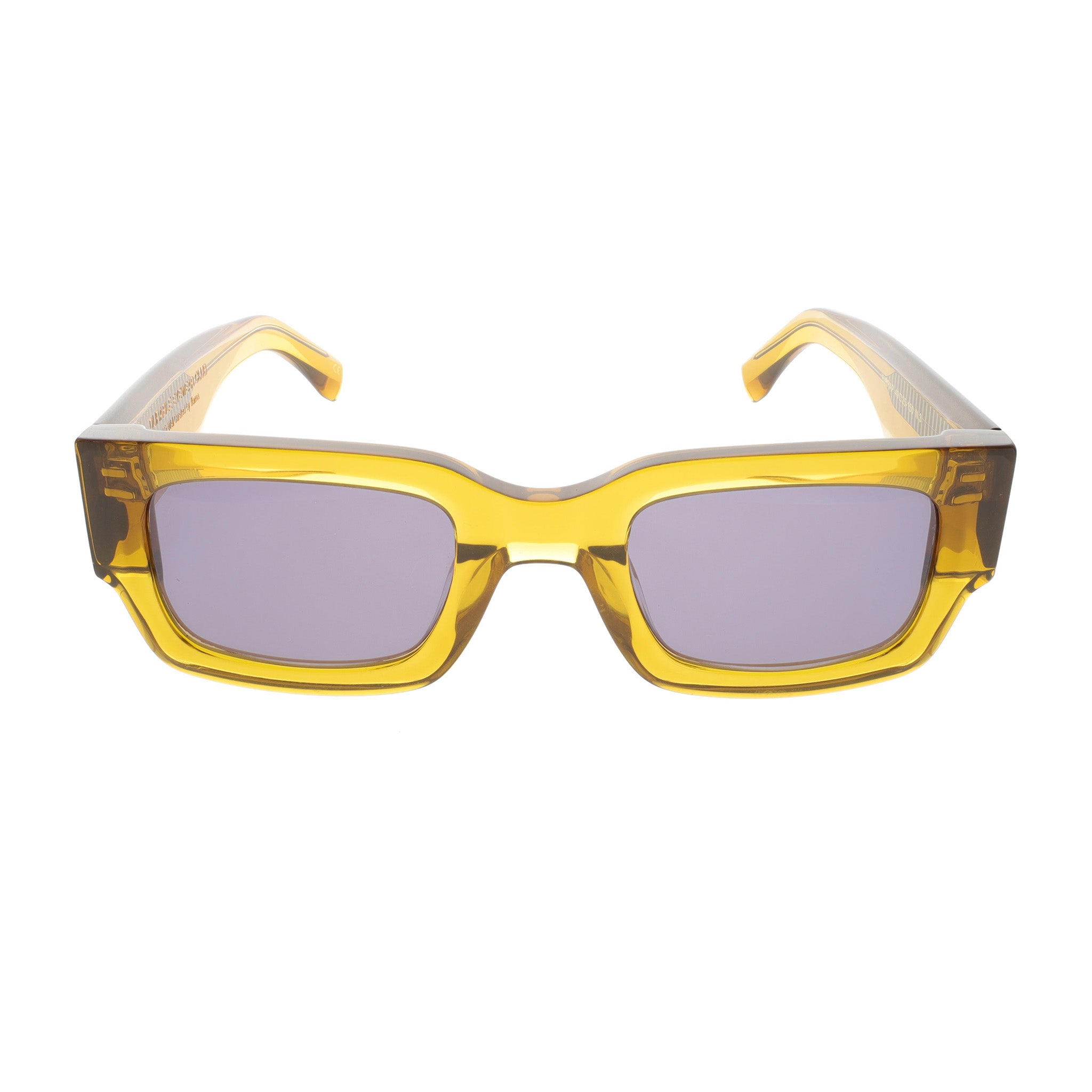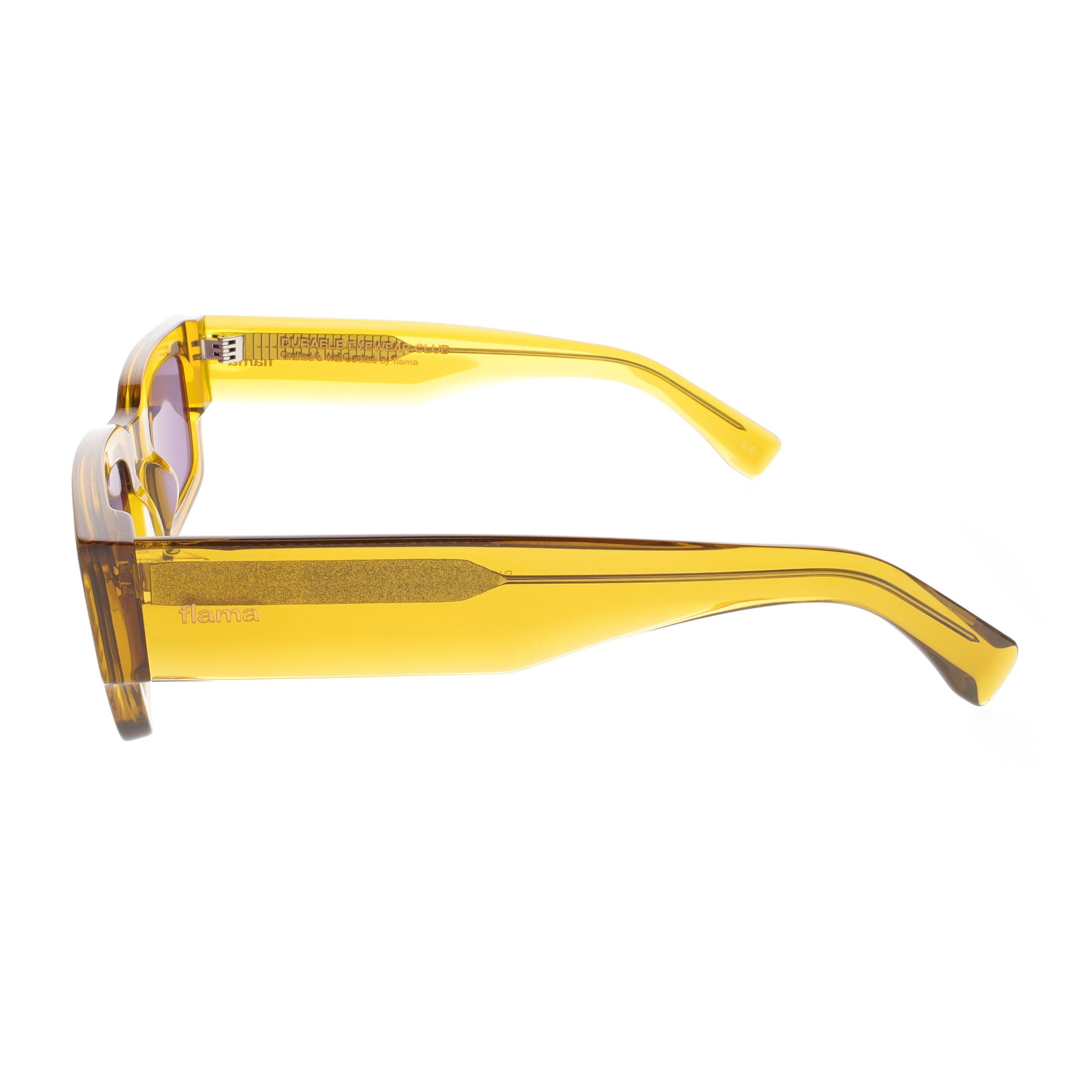Sunglasses have become synonymous with style and fashion, shielding our eyes from the harsh glare of the sun while adding a touch of allure to our outfits. However, you may be surprised to learn that sunglasses weren't always subject to regulations ensuring their effectiveness. It was only through the diligent efforts of organizations like the Food and Drug Administration (FDA) that sunglasses became regulated, guaranteeing their ability to safeguard our eyes from harmful UV rays and other potential hazards. In this article, we'll delve into the journey of how sunglasses went from mere fashion accessories to essential eye protectors, ultimately earning the attention of the FDA.
The Rise of Sunglasses and Public Demand
Sunglasses have a long and colorful history, dating back to ancient times when they were used to shield the eyes from the sun's intense rays. Over the years, they evolved from simple tinted lenses to fashionable accessories with a wide range of styles. As their popularity grew, so did the need to ensure that they provided more than just style, but also adequate protection for the eyes.
Understanding the Hazards: UV Radiation and Other Risks
Ultraviolet (UV) radiation is a primary concern when it comes to eye health. Prolonged exposure to UV rays can lead to various eye conditions such as cataracts, macular degeneration, and even cancer. Additionally, sunglasses should protect against glare, reduce eye strain, and shield the eyes from dust, wind, and other potential hazards.
The Role of the FDA in Ensuring Sunglass Safety
The FDA, a federal agency responsible for protecting public health, recognized the need to regulate sunglasses to safeguard consumers from potential harm. Through their authority under the Federal Food, Drug, and Cosmetic Act, the FDA expanded their oversight to include sunglasses, ensuring that they met specific standards for both safety and efficacy.
FDA Regulations: From UV Protection to Impact Resistance
The FDA introduced several regulations to enhance the safety and performance of sunglasses. These regulations encompass various aspects, including UV protection, lens quality, impact resistance, labeling requirements, and more. The UV protection regulation ensures that sunglasses provide adequate defense against harmful UV rays, while lens quality standards address distortion, prism effects, and optical clarity. Impact resistance standards safeguard against shattering upon impact, protecting the eyes from flying debris and potential injuries.
The Importance of Proper Labeling and Compliance
To enable consumers to make informed decisions, the FDA also mandates accurate labeling on sunglasses. This includes labeling for UV protection, lens category, impact resistance, and other relevant information. Compliance with these regulations is essential for manufacturers, importers, and distributors to ensure that their products meet the required safety standards.
Collaboration and International Standards
Recognizing that sunglasses are a global commodity, the FDA actively collaborates with international organizations to establish uniform standards and regulations. Cooperation with entities such as the International Organization for Standardization (ISO) helps harmonize safety requirements, facilitating trade and consumer protection across borders.
The journey of sunglasses from mere fashion accessories to FDA-regulated eye protectors highlights the importance of prioritizing consumer safety and health. The FDA's involvement ensures that sunglasses undergo rigorous testing and meet stringent standards for UV protection, lens quality, impact resistance, and labeling accuracy. By embracing regulations, manufacturers, distributors, and consumers alike can rest assured that the sunglasses they choose provide optimal eye protection without compromising style. So the next time you don a pair of trendy shades, remember the behind-the-scenes efforts that transformed them into trusted companions for your eyes.





